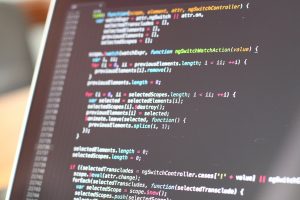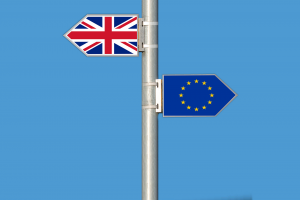World Anti-Counterfeiting Day: issues and challenges

Anti-counterfeiting issues are always of paramount importance. In fact, approximately 5% of imports into the European Union are counterfeit products. The counterfeiting market is very lucrative for counterfeiters: it requires a very low investment for a very high profit. In addition, the risks associated with it are lower.
During the health crisis linked to the Covid19, the sale of counterfeit products increased significantly: masks, hydro-alcoholic gel, medical equipment; and all this to the detriment of the population’s health. This phenomenon was particularly observed on Marketplace platforms, which were forced to invest impressive means to suppress fraudulent advertisements.
Consequently, the question arises: if the platforms are capable of actively combating the sale of counterfeit medical products in times of crisis, why cannot the same be said of other acts of counterfeiting? Cooperation with the platforms should therefore be initiated to this end. European associations are closely following the progress of the Digital Single Act, which should represent an additional opportunity in the protection of rights.
Moreover, during the health crisis, the fight against counterfeiting has mainly been focused on medical products and devices. As a result, many infringements went undetected. For example, only products arriving by air were checked during this period and not products imported via cargo ships. To make things worse, in Belgium, for example, all the police officers whose mission was usually to combat counterfeiting were requisitioned in order to enforce anti-Covid-19 measures.
With the coronavirus, the fight against counterfeiting must therefore be stepped up. One of the challenges for the years to come is to provide consumers with the best possible information. Delphine Safarti-Sobreira, Director of UNIFAB (Union des Fabricants), said that awareness campaigns were already being launched through various media, including television broadcasts and YouTube. The next step will be to convince the government to introduce compulsory education in schools on this subject.
Three elements are essential in order to fight effectively against counterfeiting: an effective law, more information for consumers and an unwavering determination to continue the fight.
Dreyfus can assist you in the management of your trademarks portfolios in all countries of the world. Do not hesitate to contact us.





 Source: WIPO, Arbitration and Mediation Center, Jan. 22, 2020, No. D2019-2992, Cyberplay Management Ltd v/ WhoisGuard Protected, WhoisGuard, Inc./DIREX NV and Johann Mayer.
Source: WIPO, Arbitration and Mediation Center, Jan. 22, 2020, No. D2019-2992, Cyberplay Management Ltd v/ WhoisGuard Protected, WhoisGuard, Inc./DIREX NV and Johann Mayer.
 Source: WIPO, Arbitration and Mediation Center, Jan. 30, 2020, No. D2019-2937, Scalpers Fashion, S.L. c/ Dreamissary Hostmaster
Source: WIPO, Arbitration and Mediation Center, Jan. 30, 2020, No. D2019-2937, Scalpers Fashion, S.L. c/ Dreamissary Hostmaster


 Source: E
Source: E
 A number of national top-level domain name registries such as the English registry Nominet have begun to use artificial intelligence to prevent abusive domain name registrations. Each registry uses its own system to suspend registrations if they believe there is suspicious activity on an IP address or if the identity of the applicant cannot be verified.
A number of national top-level domain name registries such as the English registry Nominet have begun to use artificial intelligence to prevent abusive domain name registrations. Each registry uses its own system to suspend registrations if they believe there is suspicious activity on an IP address or if the identity of the applicant cannot be verified.
 The gTLD <.com> apparently occupies more than 40% of the domain name market share, according to statistics provided by the site www.domainnamestat.com. These results confirm that it is an unavoidable extension, especially because the <.com>, which addresses the whole world, is a strong rallying sign.
The gTLD <.com> apparently occupies more than 40% of the domain name market share, according to statistics provided by the site www.domainnamestat.com. These results confirm that it is an unavoidable extension, especially because the <.com>, which addresses the whole world, is a strong rallying sign.
 Domain names appear to be a fertile ground for innovators related to blockchain technology.
Domain names appear to be a fertile ground for innovators related to blockchain technology.